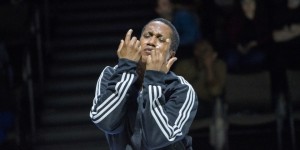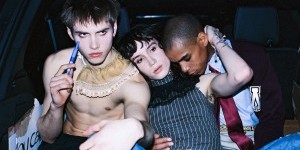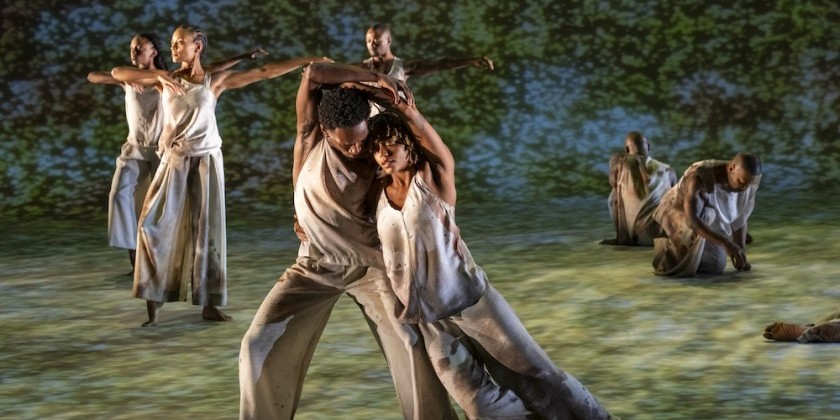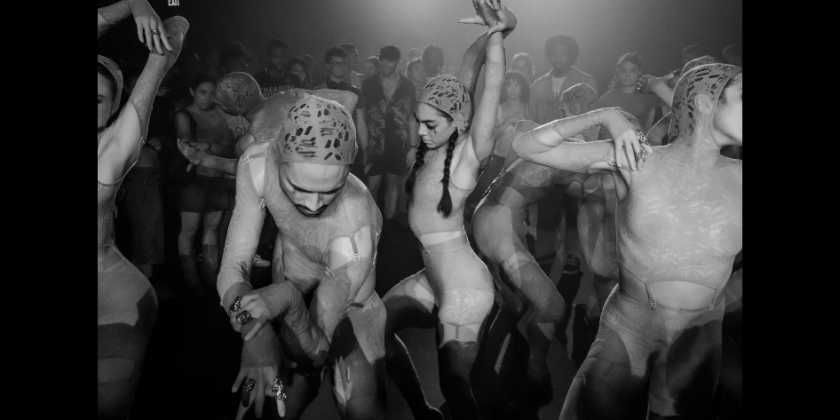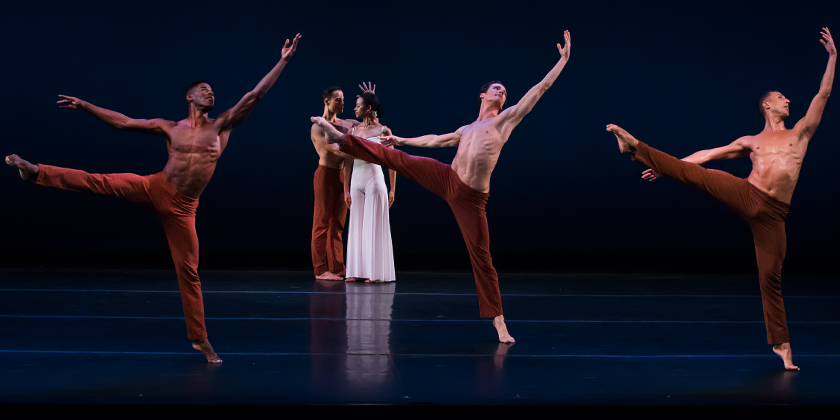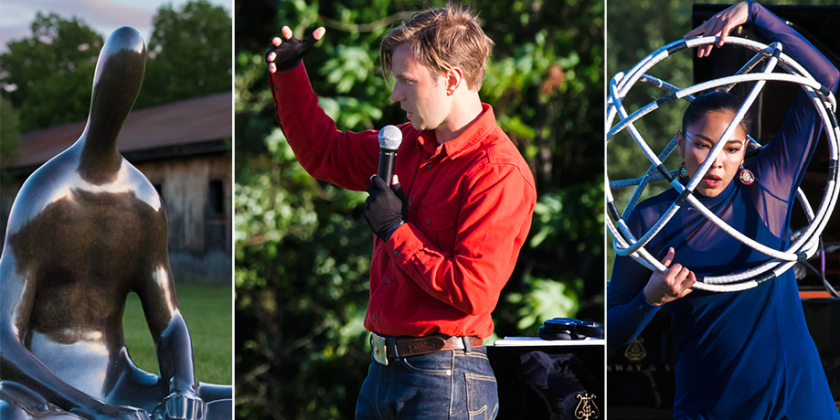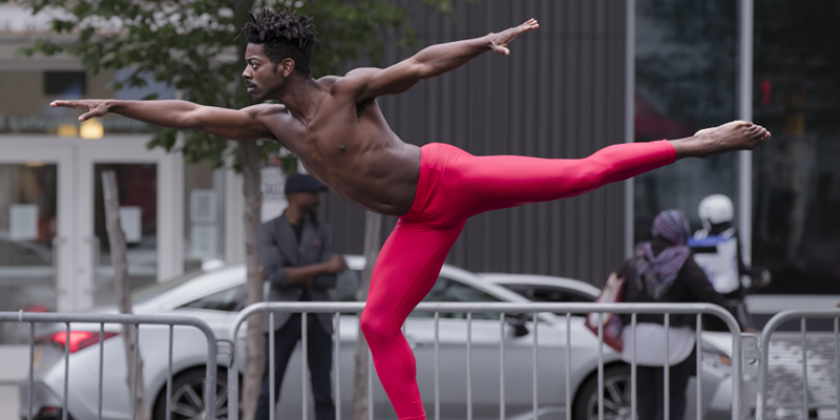The Lenape Tribe Celebrates a Historical Homecoming and Tribal Reunion at the Park Avenue Armory
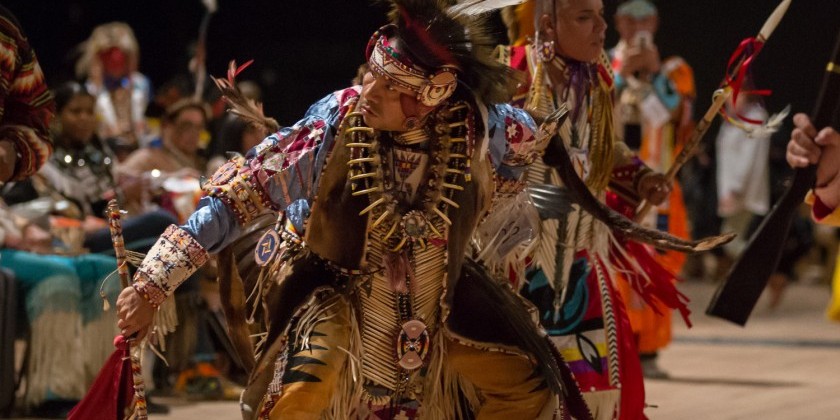
The Dance Enthusiast Attends Manhattan Island’s First-Ever Lenape Pow Wow
INAUGURAL LENAPE REUNION
Park Avenue Armory Conservancy
Sunday, November 18, 2018
1:00 – 9:00 pm
Photos and Story by Serena S.Y. Hsu | Zuma Press for The Dance Enthusiast
November 2018 marked a passionate tribute to the Lenape Nation’s inaugural homecoming hosted by the Park Avenue Armory and organized by Lenape Tribe Elders and historians from the Great Lakes and Ontario regions. Among the audience were New York City Council members, West Point Military Academy cadets and fine & performing arts attendees.
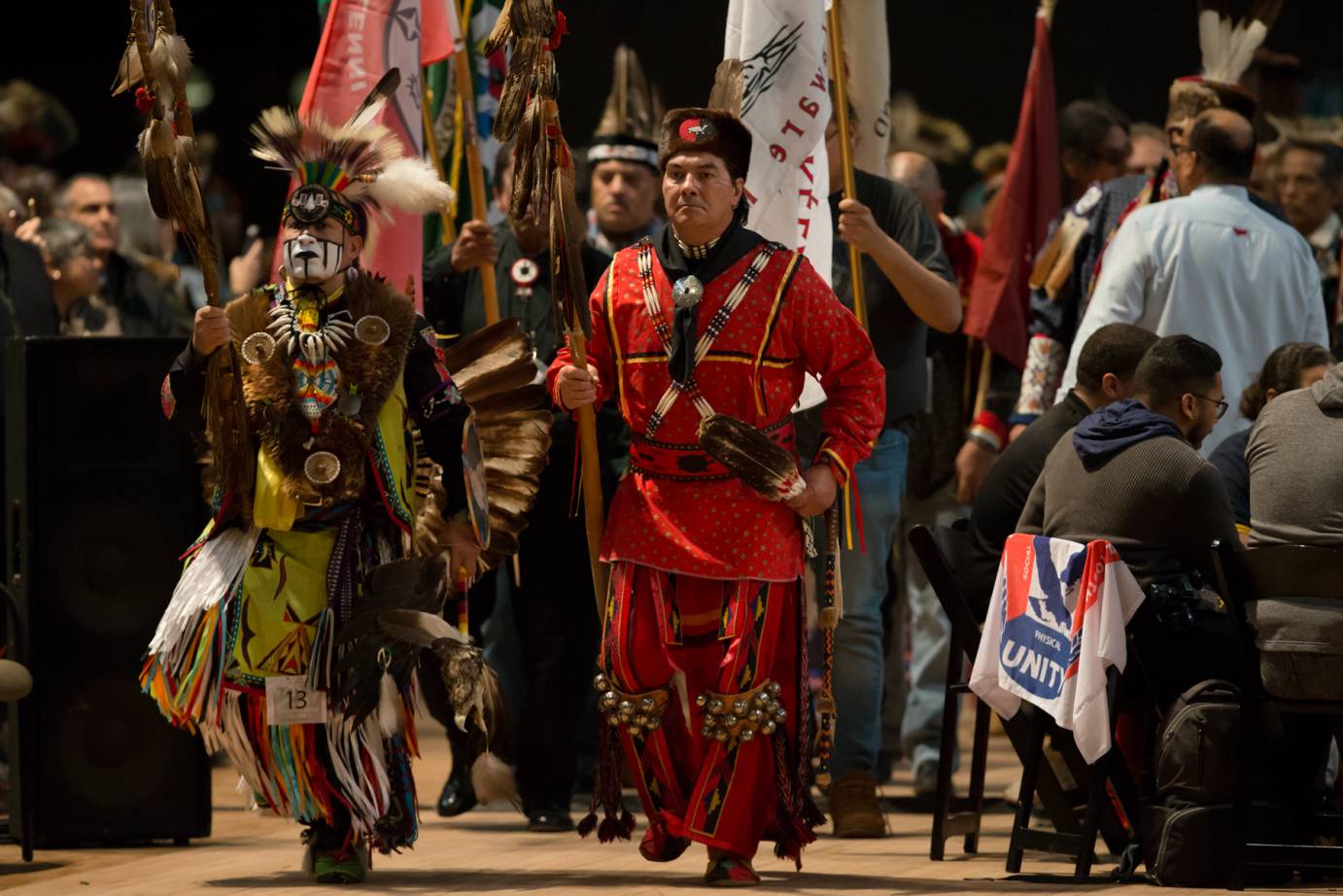
Every powwow begins with a Grand Entry. The Lenape Grand Entry is led by Chief Vincent Mann of the Ramapough Lenape Nation (r) and by Patrick Little Wolf Brooks (l) of the Tuscarora Nation.
Photo: Serena S.Y. Hsu |Zuma Press.
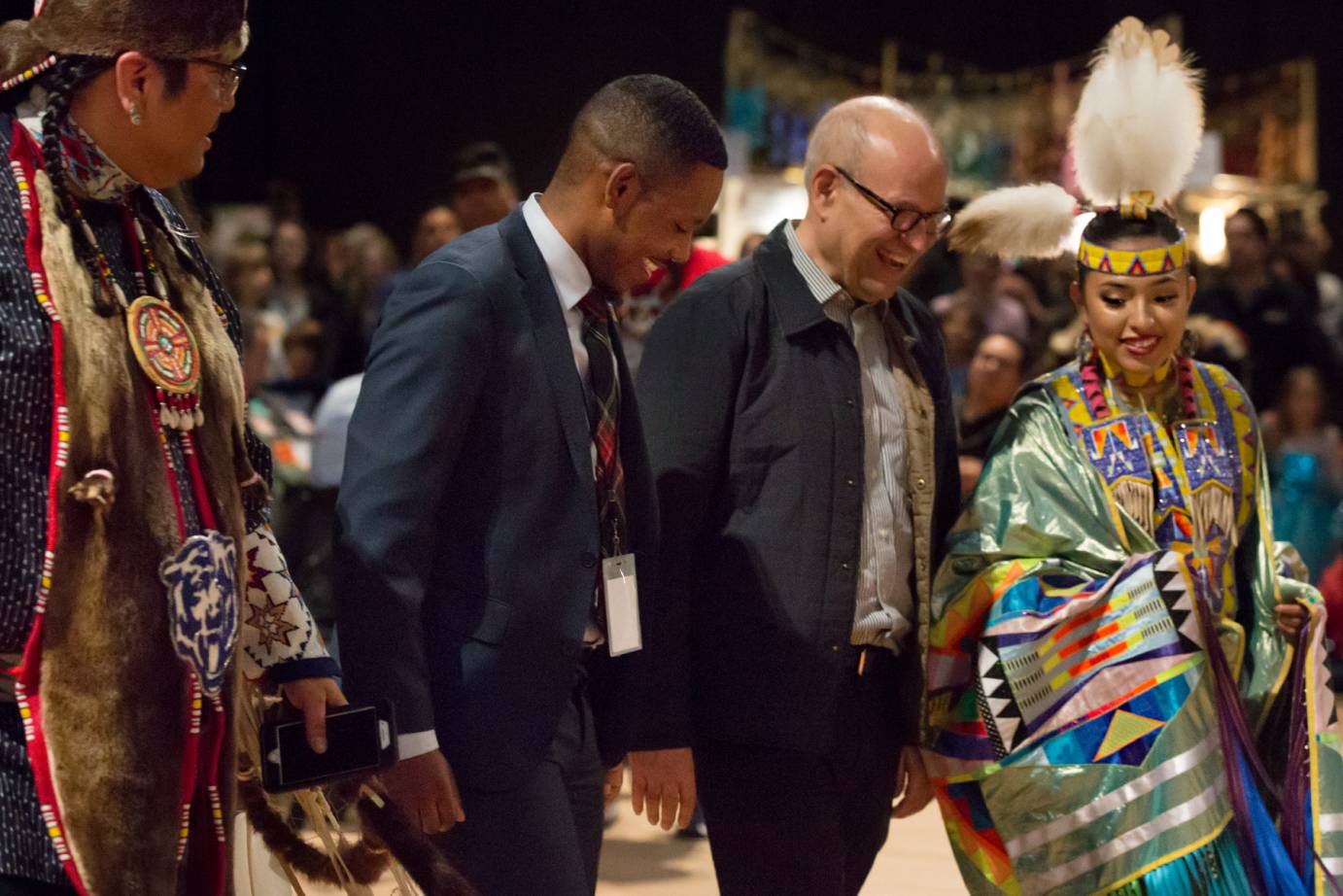
Participating in the Veterans Dance are (l-r) Head Man dancer George Stonefish Bearskin; Director Remysell Salas of the Mayoral Office of Community Affairs; Commissioner Tom Finkelpearl of Cultural Affairs; and Head Woman Dancer Beedoskah Stonefish. Photo: Serena S.Y. Hsu |Zuma Press.
Other tribes such as the Kiowa, Mohawk, Nanticoke, and Navajo contributed their support to the Lenape inaugural pow wow.
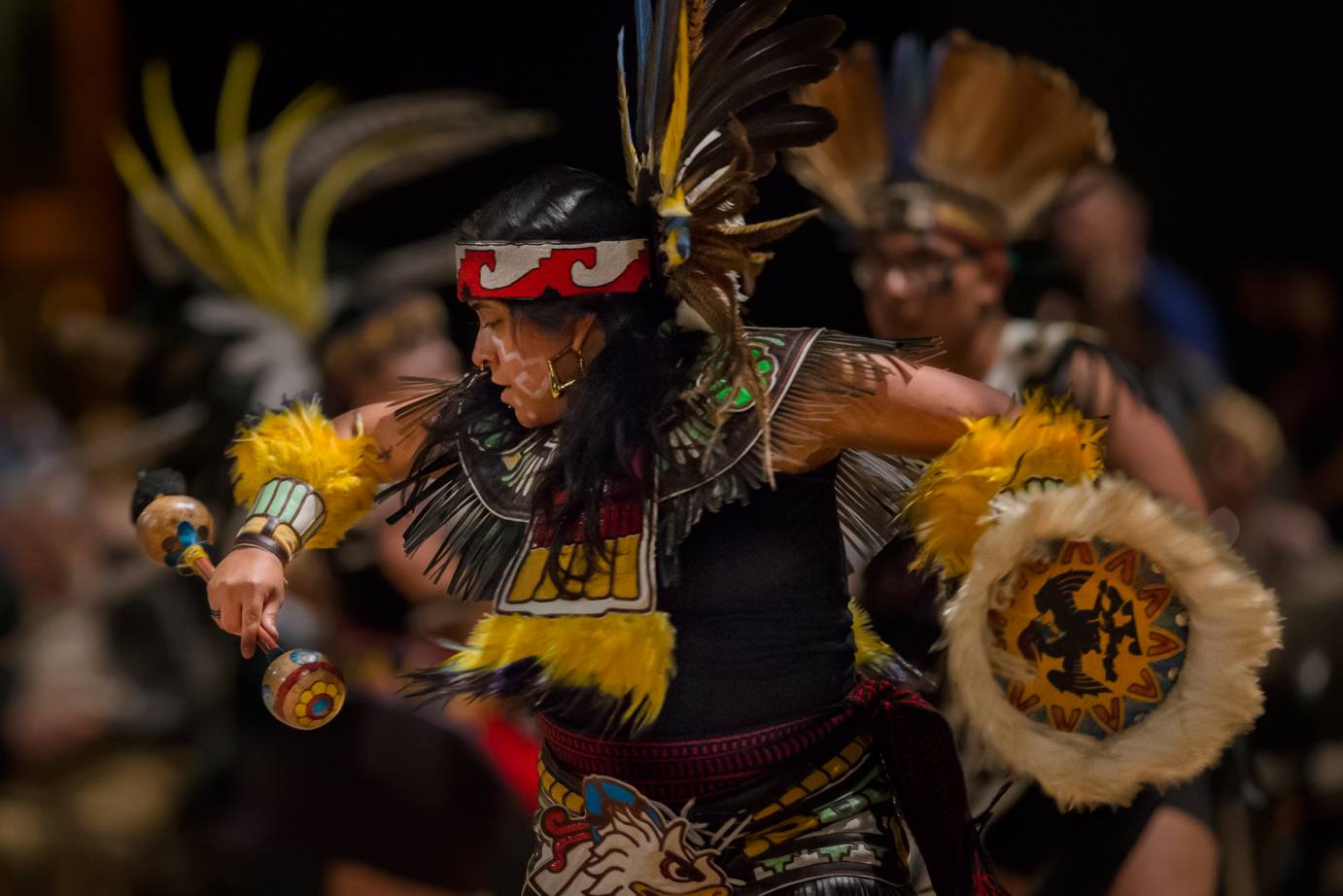
Yosmany Michaca Vivar of the Kalpulli Huehuetlahtolli performs the Aztec/Mexica Dance. Drums and a conch shell horn forms the music. Photo: Serena S.Y. Hsu |Zuma Press
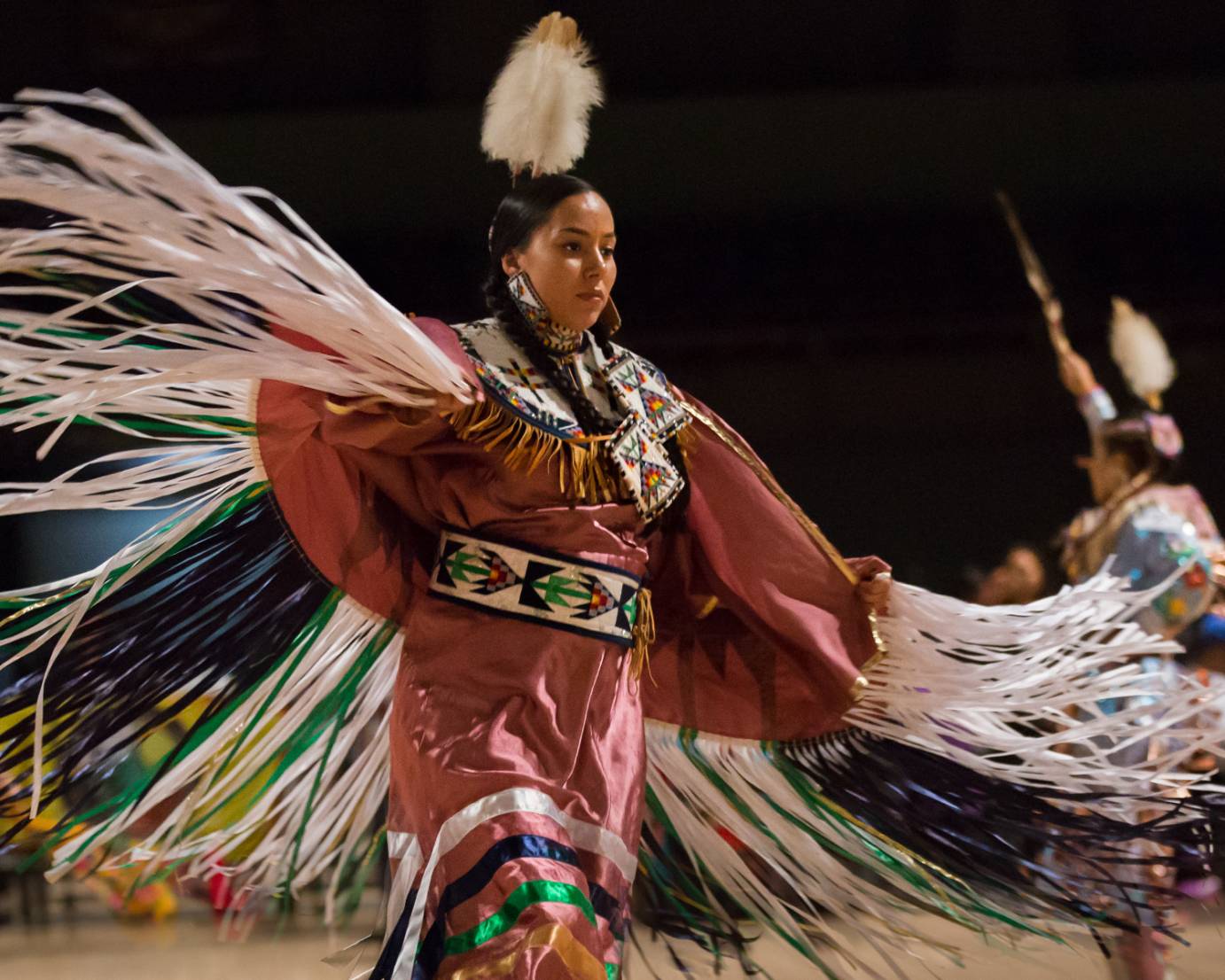
Katie Isennock of the Rosebud Sioux tribe performs the Fancy Shawl Dance. Photo: Serena S.Y. Hsu |Zuma Press
Set to an array of ancestral regalia and thrilling dances, the Armory’s Wade Thompson Drill Hall resounded with drums, shaken gourds, bells and chants both sacred and ceremonial, amid colorful shawls, vivid headdresses, warrior bustles, swaying eagle feathers, and beaded medallions
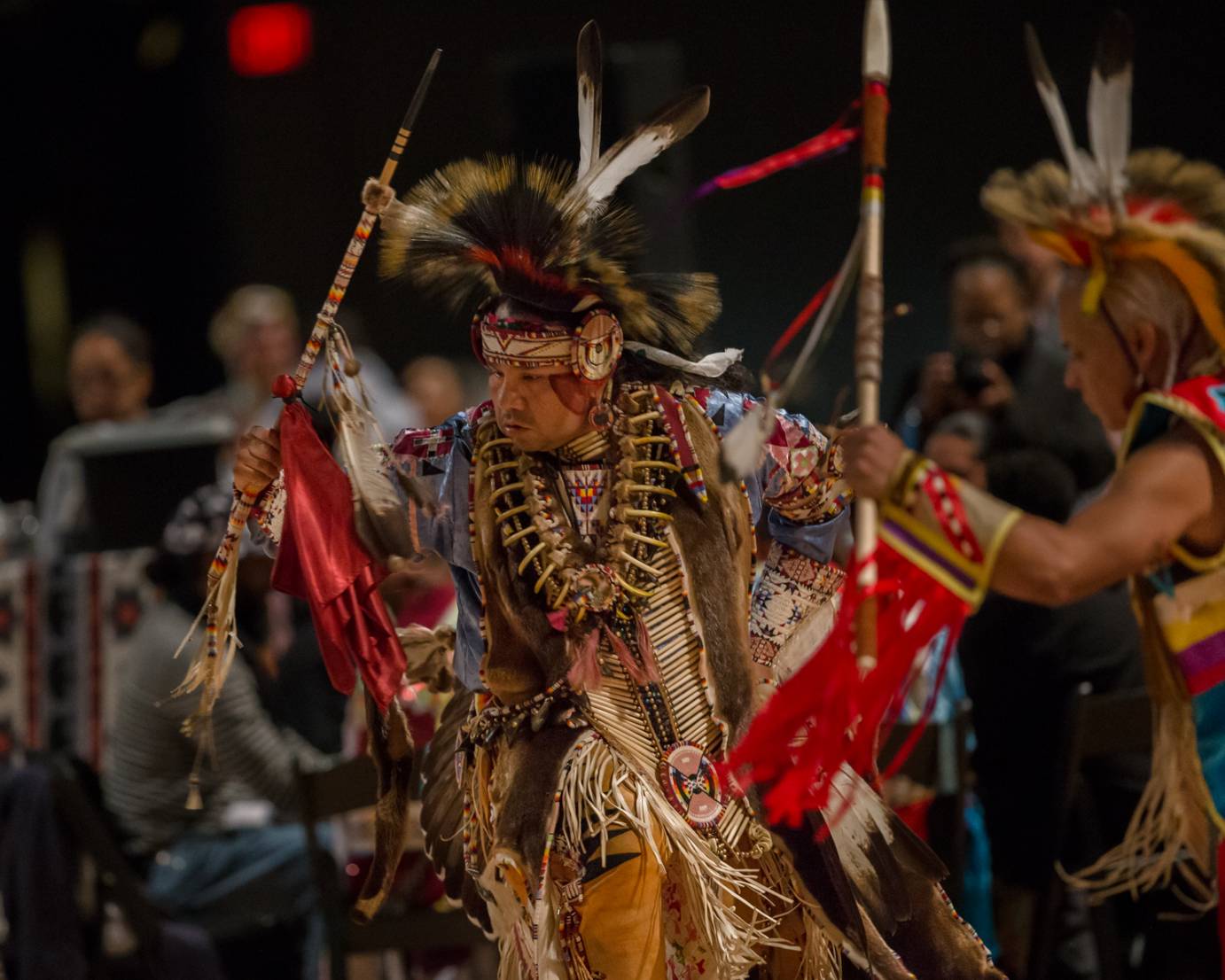
Johnson Taylor of the Ponca/Southern Ute tribe performs the Men's Northern Traditional Dance. The dance involves a warrior's hunt and the lifting of the coup stick to honor the spirit of the drum. Photo: Serena S.Y. Hsu |Zuma Press.
For thousands of years, the pow wow has served as a communion of family heritage and intertribal celebrations – a way for generations of Indians to pass down their culture and history. Through songs and dance, Indian history and language is preserved.
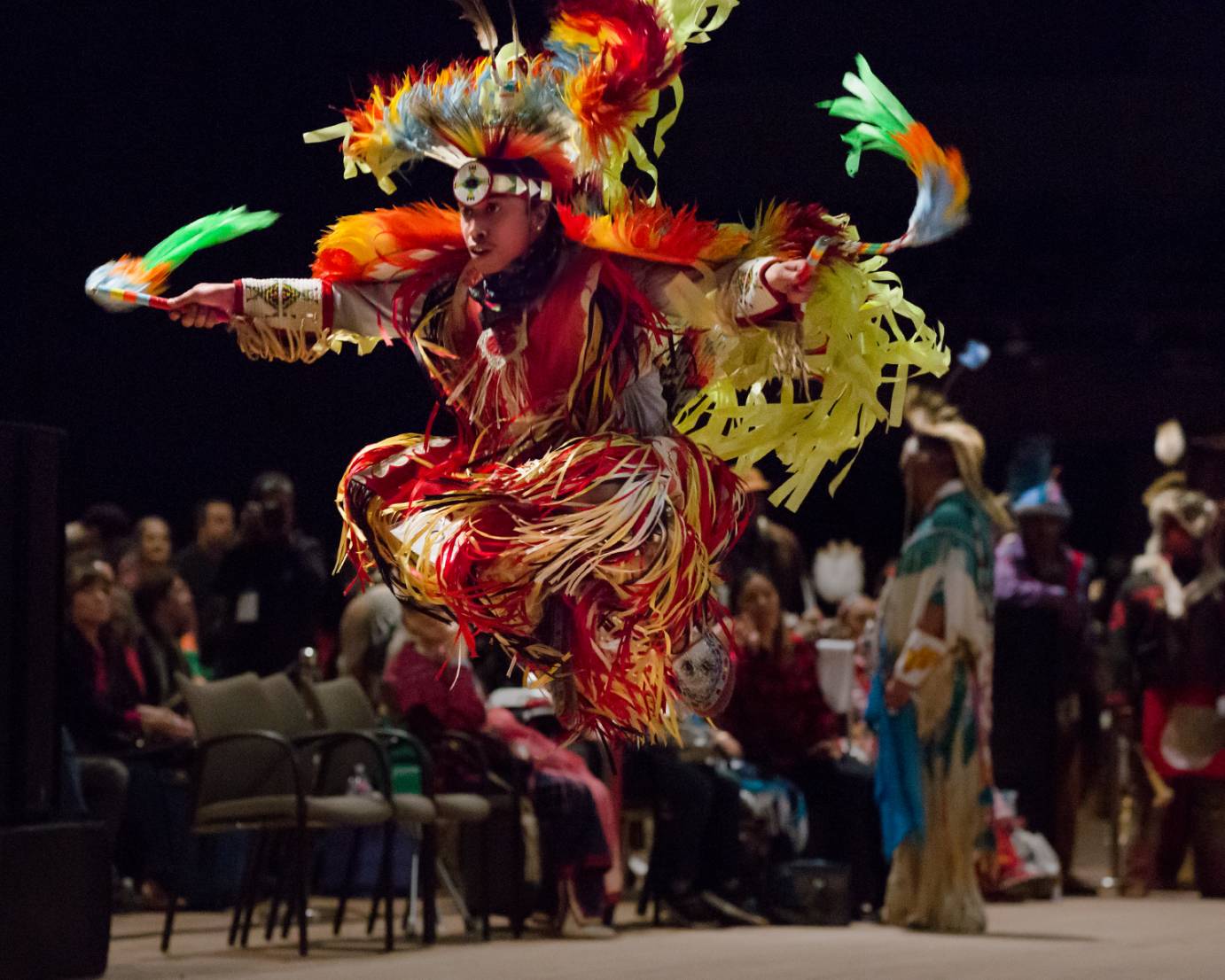
Hassan Ridgeway of the Naticoke Leni Lenape tribe performs the Men's Fancy Dance. Photo: Serena S.Y. Hsu |Zuma Press
Pow wow regalia carry important symbolic colors for family and tribes - collected and crafted by Indian artisans using earth-derived pigments, bear claws, buffalo hide and mane, angora, otter pelt, antlers and other distinctive materials gleaned from nature.
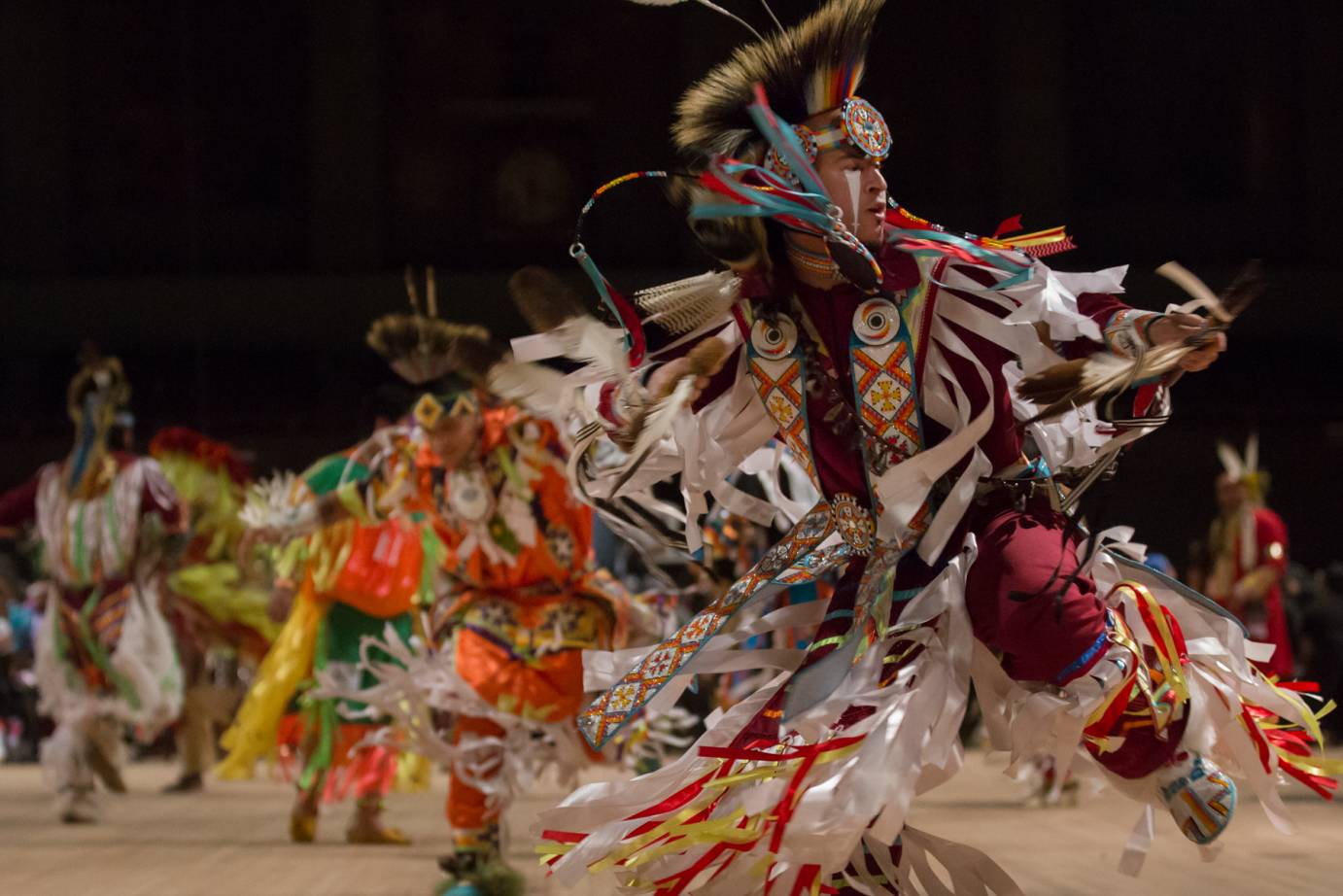
Men's Fancy Dance involves dramatic movements with leaps and spins. Hand whips and twin feathers on the headdress also characterize the genre. Photo: Serena S.Y. Hsu |Zuma Press
Men wear the heavy bustles harnessed along their shoulders and back for theatrical effect. The U-shape typically signifies a contemporary genre and the circular is an older style of dance. The Fancy Dance has two sets of bustles for the back and the waist, but additional bustles of cow bells are added to their ankles, waist or knees depending on their personal style of preferred dance.
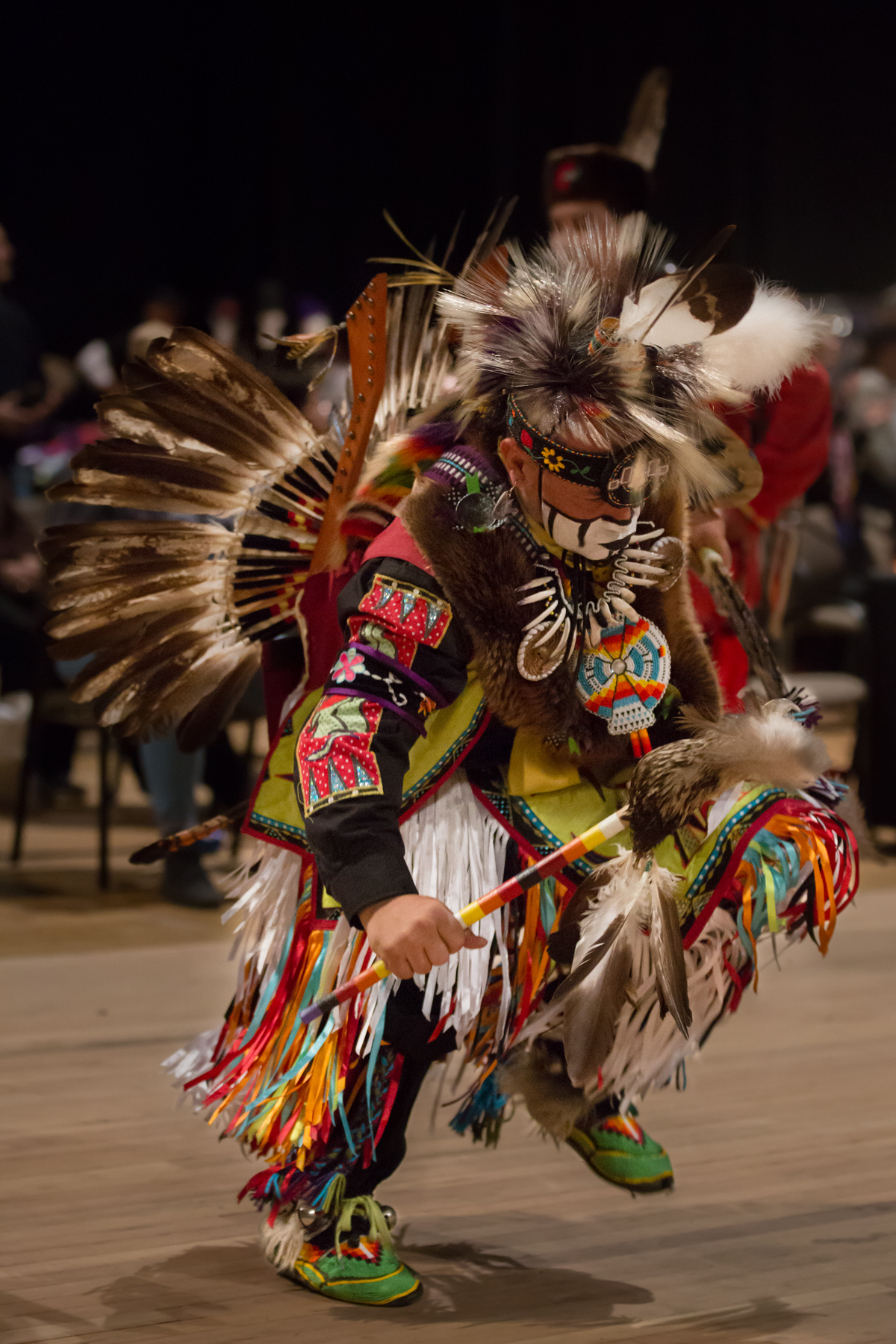
Patrick Little Wolf Brooks of the Tuscarora Nation performs the Men's Northern Traditional Dance. His headdress is the distinctive porcupine roach and the circular older style of bustle. Photo: Serena S.Y. Hsu |Zuma Press
Layered jingles of rolled tobacco tins form the bells of women’s healing dresses for the Jingle Dress Dance. The satin sheen of swirling fringes creates swooping wing-like movement for the Fancy Shawl Dance.
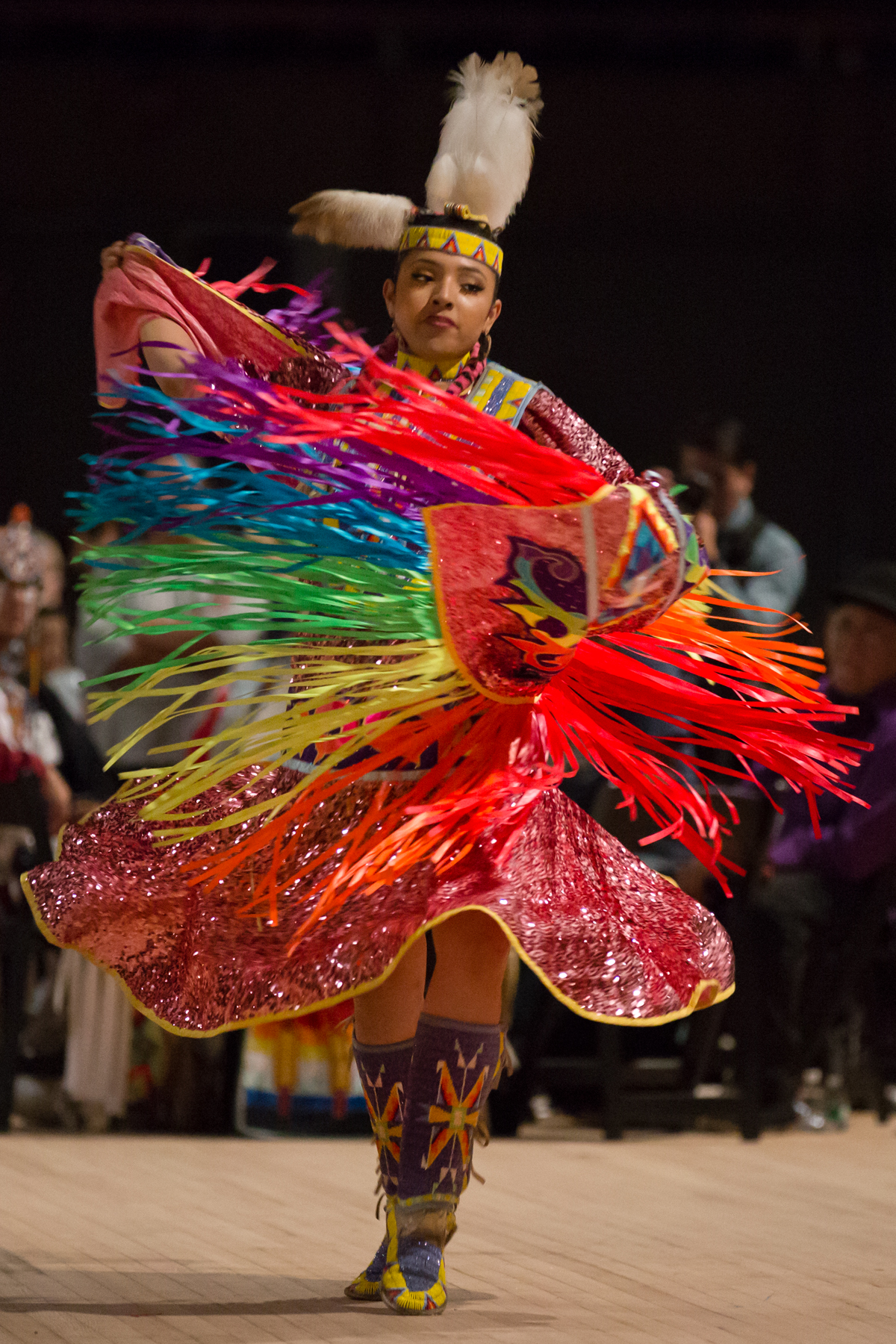
Beedoskah Stonefish of the Ottawa/Chippewa/Lenape/Potawatomi, Peshawbestown tribe performs the Fancy Shawl Dance. Photo: Serena S.Y. Hsu |Zuma Press
Young and old participate in their own categories. There is always a competition element to pow wows. Even the Tiny Tot division (ages 5 - under) receive candy, games, and cash prizes too, but among the older divisions, are a distinct majority of professionals who will travel across the nation to compete.
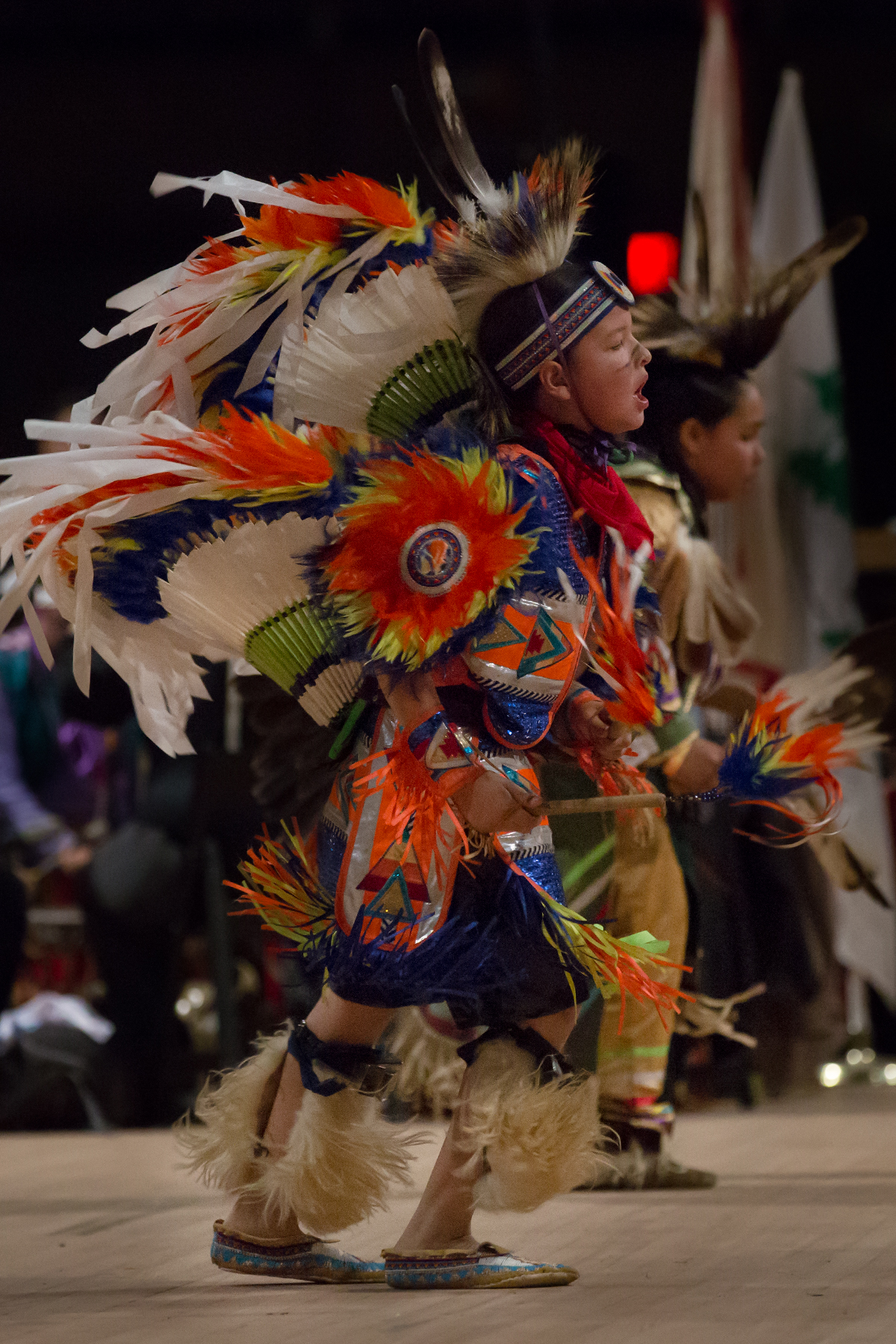
Kodiak Tarrant, 10 years old, of the Shinnecock, Hopi, and HoChunk tribe, sings during his Fancy Dance. Photo: Serena S.Y. Hsu |Zuma Press
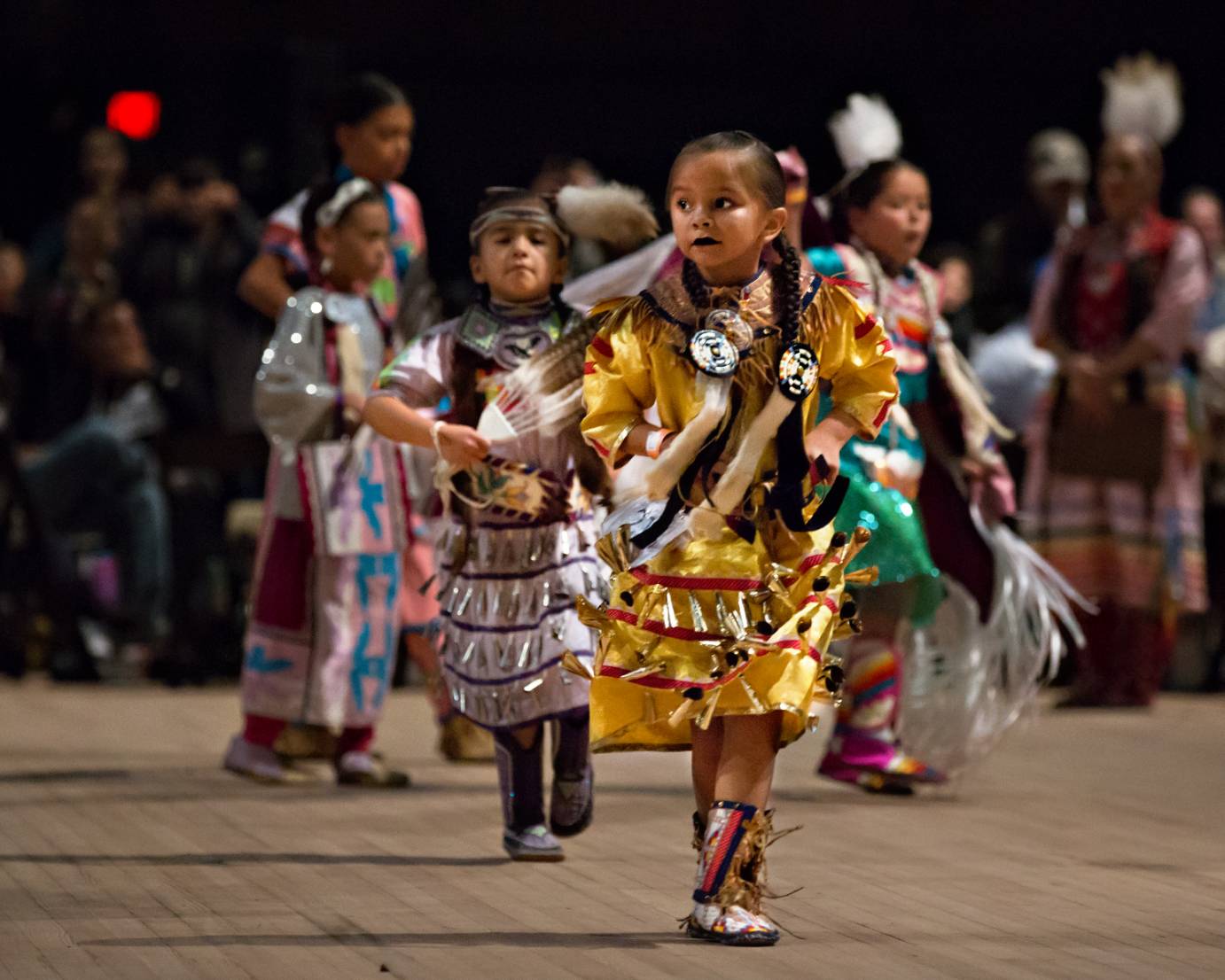
The Tiny Tots Division performs the Jingle Dress Dance. At foreground is 5-year-old Keya. Children are taught to dance the powwow as soon as they can crawl. Photo: Serena S.Y. Hsu |Zuma Press
However, as Beedoskah Stonefish, a Championship and Head Woman (lead) Dancer, explains, “Our pow wows are really about sharing and supporting our community. Pow wows are like one huge family reunion… (tribe-to-tribe), each of us has our own unique distinct history that we come together to share.”
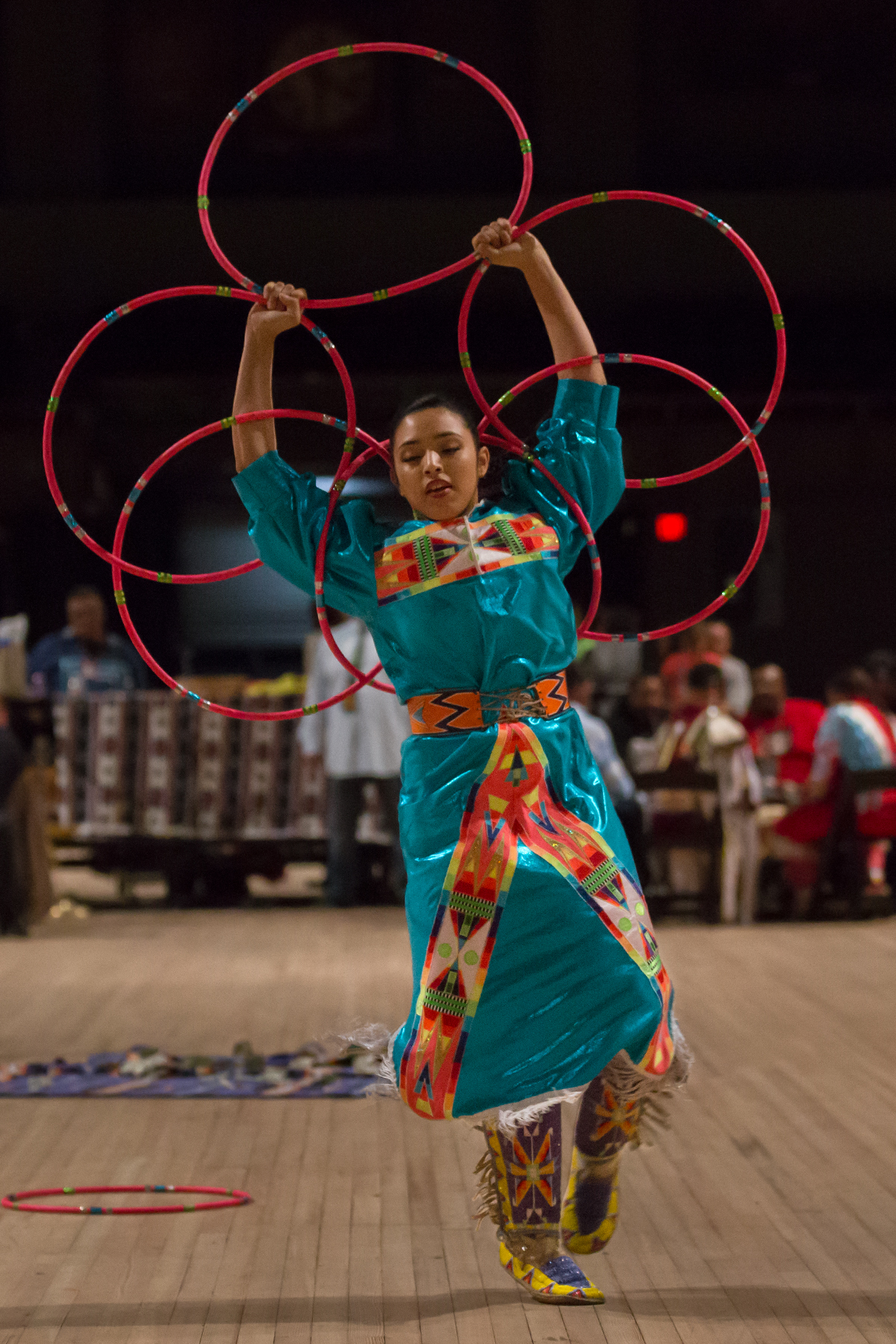
Beedoskah Stonefish of the Ottawa/Chippewa/Lenape/Potawatomi, Peshawbestown tribe is a Championship Hoop Dancer for this Pueblo Indian Specialty Dance. Photo: Serena S.Y. Hsu |Zuma Press
With songs of thanksgiving, the Lenape Pow Wow celebrated a theme of gratitude for their familial bonds, intertribal kinship and fellowship with New Yorkers.





